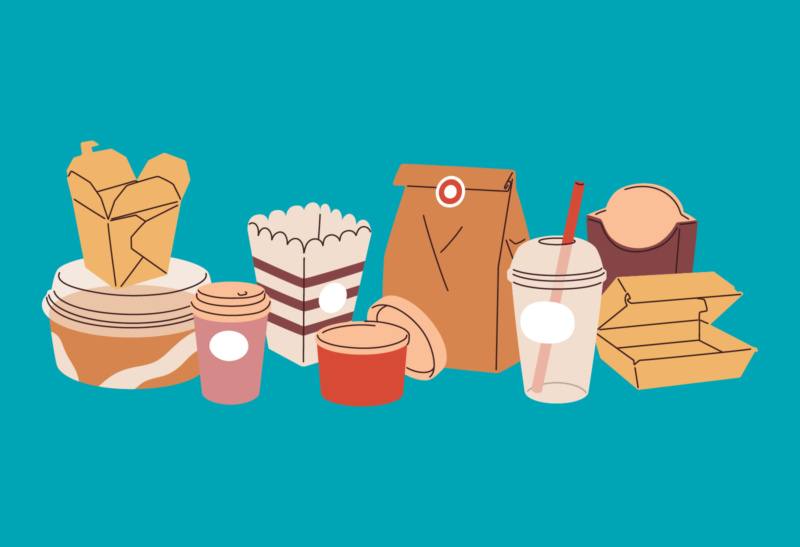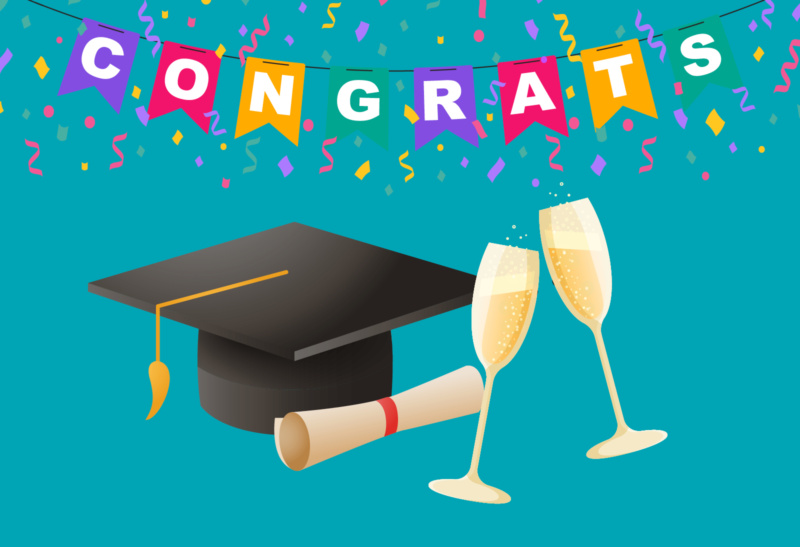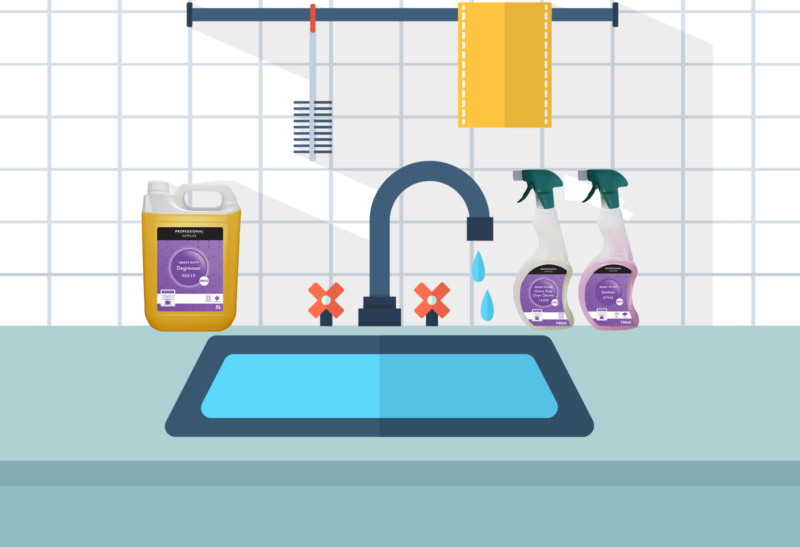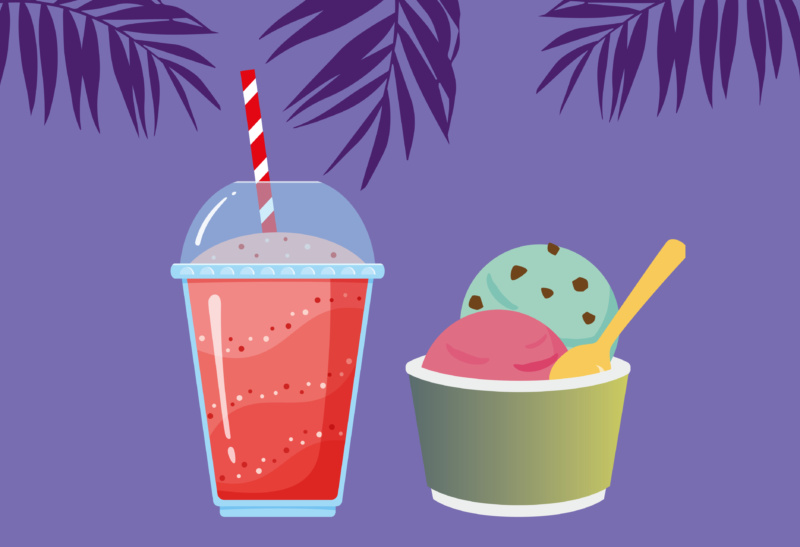It has been a while since we talked about food-to-go packaging; we all had to take a bit of a breather following the single use plastic ban that came into effect October 2023. The ban mainly affected single use plastic cutlery and polystyrene packaging, which meant we were busy sourcing alternative solutions for our customers.
Reflecting on the last year, developing responsible food-to-go packaging options that have minimum effect on the environment and contribute towards a circular economy has been at the forefront of the packaging industry in the last few years, but following any legislative action and policy initiatives usually always speeds up innovation!
The food-to-go packaging industry has been no different – let’s look at some of the new products that will help with shifting demands in consumer buying behaviour for grab and go packaging!
PFAS – the forever chemical
PFAS is a new term that has hit the packaging world. Recently there has been a story in the media about PFAS being present in paper straws, which has brought on a lot of publicity and a push to limit the use of them in disposable products. We can, however say that all of our paper straws have no added PFAS!
So, what is PFAS? First used in the 1940s, PFAS are chemicals that resist grease, oil, water and heat. Used in hundreds of products including stain- and water-resistant fabrics and carpeting, cleaning products, paints, and fire-fighting foams. PFAS all have a carbon-fluoride bond, known as ‘forever chemicals’ as they are extremely persistent in our environment and bodies; can also lead to health problems.
All Vegware bagasse range are moving to Nourish moulded fibre range, which has no added PFAS. The products will look the same and are certified as home and industrial composting.
Why do we say ‘no added PFAS’?
PFAS has been used in so many items since the 1940s and found at low levels in almost all places on Earth. Vegware want to be accurate in their communication to help educate customers, therefore No added PFAS is stated, not PFAS free, as possible low levels of PFAS can’t be controlled that are already in the environment. So, claims of being ‘PFAS free’ may sound good but are not always accurate.
Why have we changed from saying bagasse to moulded fibre?
Usually, bagasse is the term used for fibre products with PFAS included, moulded fibre is the term used for products that have no added PFAS.
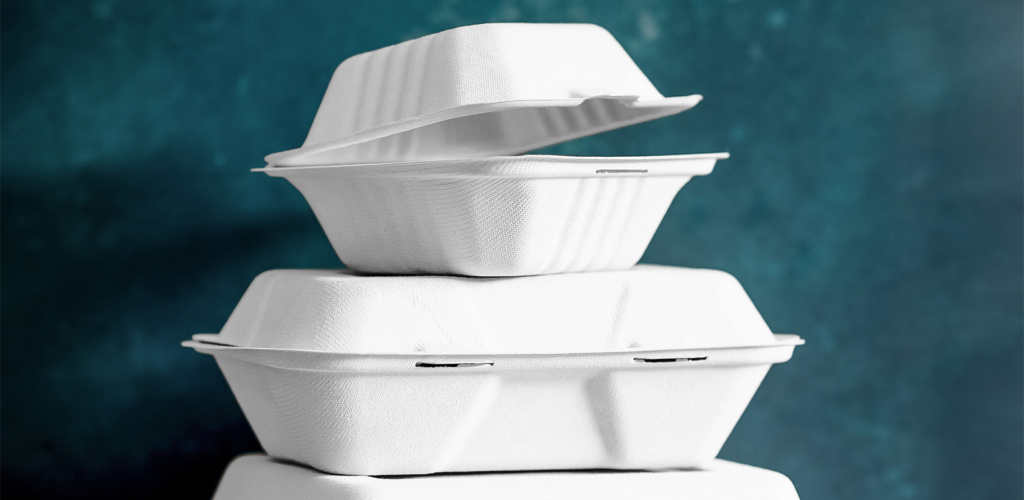
Packaging made from air!
Too good to be true, I hear you say! And yes not quite made from air but Infinity packaging is a new lightweight material made from polypropylene that uses air to create a foam effect called EPP (expanded polypropylene). The packaging looks and behaves like EPS but is better i.e. it is very grease resistant, keeps food hotter for longer, microwavable and is an economical packaging alternative to use. The packaging can also be easily recycled alongside other plastic waste and is PFAS free.
With a ‘recycle-me’ message on the top of the box there is no excuse for consumers to ensure the packaging gets to a recycling bin; doing their part towards a circular economy.
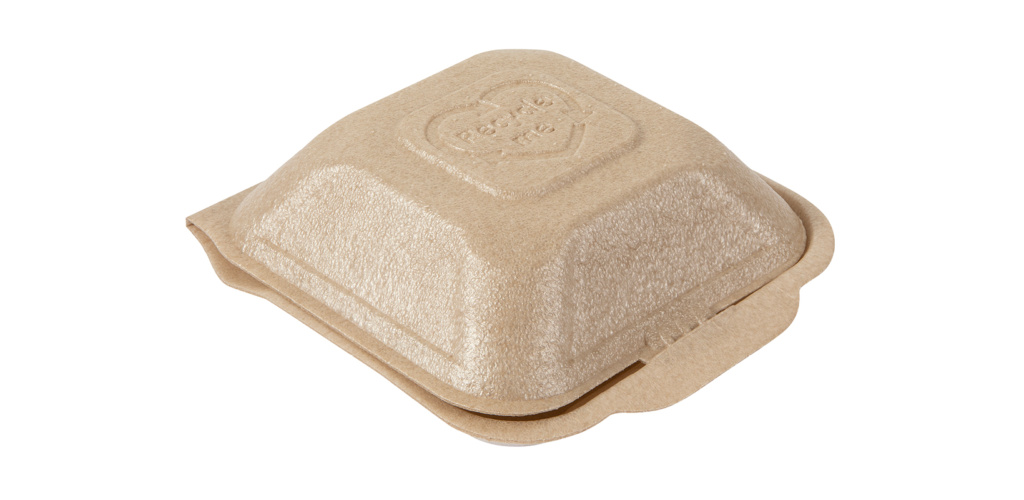
Seaweed – not just for eating
Seaweed really has superpowers, not only is it a superfood, providing good sources of vitamins and minerals, it also has many important roles in coastal ecosystems; providing food and habitat for many other marine species, helps with cleaning coastal waters and absorbs carbon dioxide from the water protecting shelled animals from ocean acidification**.
Seaweed is also used to line Notpla innovative food-to-go boxes and trays, which acts as a leakproof barrier similar to plastic. But with the natural lining it means the packaging biodegrades naturally and is both home compostable and recyclable, leaving no harmful traces behind in the environment at the end of life. Even if the packaging doesn’t reach the bin, it biodegrades in nature in just 4 – 6 weeks, without the need for special conditions. These products makes it easy for businesses to embrace circular packaging aligned with natural cycles, whatever their waste stream is.
Seaweed farming that is used in packaging doesn’t not negatively affect ecosystems. Seaweed grows quickly boosting marine biodiversity in the area and when farmed only the crown is harvested, allowing the ecosystem to be maintained***.
Read more in our previous blog: What is the next generation of food packaging?
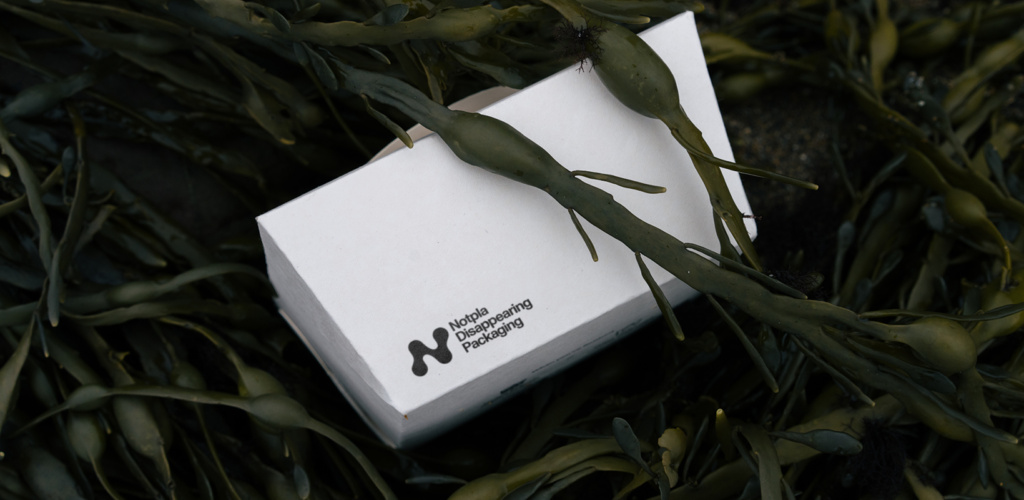
CUPkind – new but the same
CUPkind cups have had a makeover! Still as stylish, as before and technically they are the same; made from FSC-certified paperboard with an aqueous coated barrier technology, making it free from plastic or PLA liners. They hold the same certifications as the previous design; fully recyclable in cup recycling facilities, commercially compostable and home compostable. Also packaged in fully recyclable paper sleeves.
Following on feedback from end consumers, the focus has changed from ‘plastic free’ to waste stream, and the simplicity of discarding the cup in the right way at the end of a drink! These cups can be disposed of in any cup-recycling stream making it easy for anyone to support a circular economy. CUPkind partners with Veolia, co-cre8 cup collection and First Mile to ensure that their customers have full support in choosing the right waste stream solution for their business.
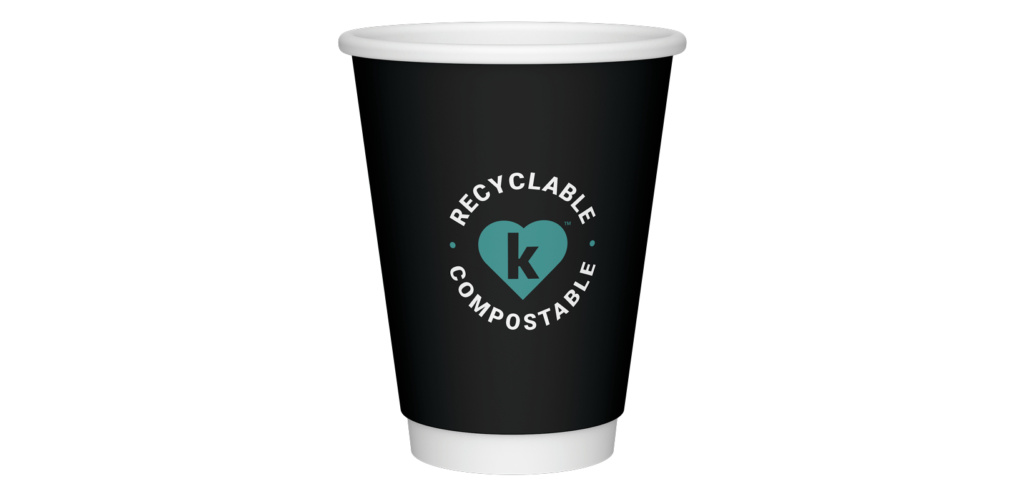
Developing responsible food packaging options that have minimum effect on the environment and contribute towards a circular economy doesn’t have to be complicated and there is no right solution, as it depends very much on the waste stream available to you. The first step to take is to speak to your waste provider to find out what waste streams options there are. Once you have established if recyclable or compostable products is best suited for your business – make sure your highlight the waste stream of the products you use as clearly as possible.
By highlighting recyclability or compostable and which bin to place them in will keep consumers engaged and give them a level of responsibility in playing their part towards a sustainable future. We know especially the younger generation are more conscious of taking sustainable actions and opt for more eco-friendly choices, which also influences their on the go eating habits. Read more about menus of the future here: healthy and more sustainable eating for university students.
We are driving a circular economy and want to help customers to reduce, reuse, recycle and renew. We know there is more to do – and continue to work with our suppliers to not only develop product that is fit for purpose but also looking at the end of life for our products and what waste streams all our products can go to. We offer packaging that is recyclable and compostable and drive the use of recycled materials. Find out more here.
Find out more about our catering supplies range here: Wholesale caterers equipment & catering supplies – Bidfood
*Paper straws found to contain long-lasting and potentially toxic chemicals – study | Science & Tech News | Sky News
**Aquarium of the pacific, seaweed future; 2024
***Can Seaweed Farming Play a Role in Climate Change Mitigation and Adaptation? Duarte et al. 2017
